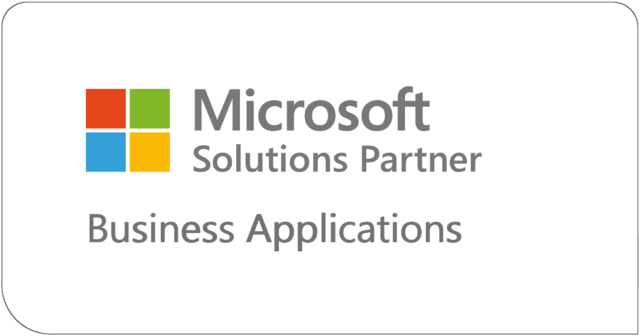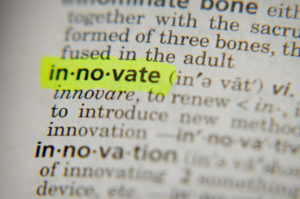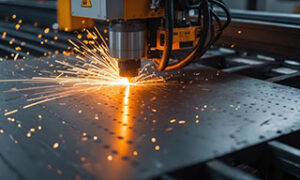The road that has taken enterprise resource planning (ERP) from an innovative idea to a manufacturing mainstay has been long and bumpy. In that time, a few myths and misunderstandings have emerged.
Like so many myths, some of these are rooted in partial fact, some are born from pure misunderstanding, and others relate to previous iterations. To ensure you properly understand how ERP works and how it can benefit your metal fabrication business, it’s time to dispel some of those myths.
First, let’s take a look at one of the biggest myths of all—the idea that ERP implementation takes a long time.
Myth 1: ERP Implementation is Long and Troublesome
Implementing an ERP system requires a major overhaul. You’re not just adding a new application or software program—you’re introducing an entirely new system that will influence everything that your company does.
It’s not easy, and it’s not immediate. However, it doesn’t take as long as you may have been led to believe.
Cloud implementation is generally a quick option, and if you work with a trusted provider and a capable team, it should be relatively painless. If you run a small company and don’t need any major changes, implementation will be even quicker and easier.
For bigger companies with grander expectations, more users, and a greater degree of customization, it will take longer. But again, it’s all relative, and if you make the right choice and work with a specialized provider like RealSTEEL, the process will be seamless.
Myth 2: ERP is the IT Department’s Problem
The fact that ERP is a software solution that takes advantage of advances in technology (including machine learning and artificial intelligence) doesn’t mean it’s solely the reserve of IT departments.
Its benefits extend into every department, and assist every aspect of the company. Whether it’s cut-to-length software, coil processing software, and plate processor software for manufacturing, inventory management for the warehouse, or human resource solutions for staffing, ERP systems provide benefits to all of them.
Myth 3: It’s the Same as CRM, MRP, and Other Programs
Manufacturing resource planning (MRP) and customer relationship management (CRM) are not the same as enterprise resource planning (ERP). These are different software suites that serve different needs. Sure, they share some similarities, and you can combine various elements to create an all-encompassing software solution, but they are not the same.
So, the fact that you already have CRM or MRP doesn’t mean you should neglect an ERP solution. If anything, it’s further reason to implement ERP, as it will greatly improve efficiency. See our guide on MRP vs ERP to learn more.
Myth 4: It’s a One-Size-Fits-All Approach
One of the many benefits of ERP solutions is that they can be tailored to meet the needs of every company regardless of how specific those needs are.
Your ERP system should be customized to provide the services you need right now. It should also change with you as you scale or pivot. Work with your software provider to get something that’s built around your business.
You shouldn’t need to change your operations to suit the software—it should adapt to you. The whole point of ERP is that it supports every department, improves communication, and fully optimizes the business.
Work with your ERP provider to make sure your software ticks all the necessary boxes.
Myth 5: ERP is Only for Big Corporations
ERP is suitable for businesses of all sizes. The idea that it’s only suitable for large companies largely stems from misunderstandings regarding its cost. It can be expensive for big companies that have many users, need many programs, and require significant changes. But the same isn’t true for smaller operators.
It’s all relative to the size of your business. If you run a small operation, implementation costs will be comparatively low. The benefits are just as notable, though, and whether you have 10, 1,000, or 10,000 customers, ERP can help you and them.
Myth 6: The Only Purpose of ERP is to Impress Customers
Customers will certainly be impressed by an effectively installed and efficiently run ERP system. It can incorporate various customer relation applications to ensure they get what they want quickly and receive support every step of the way. Your clients and suppliers will also be impressed, as inventory management can automate the buying process, expedite shipping, and improve quality control.
If customers are the lifeblood of business, then ERP is the heart that keeps that blood pumping. However, its benefits go far beyond that.
ERP can reduce your costs and losses by eliminating overstocking, keeping your equipment properly maintained, and automating processes that are prone to costly human errors. It’s not just about impressing clients and customers; it’s about optimizing your business from top to bottom.
Myth 7: ERP is All About Keeping Stockholders and Executives Happy
As noted above, ERP impacts every aspect of the business. Executives and major stockholders will certainly be happy with the improved operational efficiency, but every employee can benefit.
ERP creates a single source of information that’s available to every department. It simplifies operations across the board, making life easier for everyone, from the workers on the factory floor right up to the executives.
Conclusion: Implement an ERP Solution to See the Benefits for Yourself
Implementing an ERP system might not always be easy, and if you run a large company and require a lot of customization, it won’t be cheap, either. But the benefits-to-cost ratio is huge, and your ERP system could be paying for itself before long.
If you would like to learn more about embracing ERP in the steel and metal fabrication sector, request a demo of our software here. You can see RealSTEEL in action and discover what it can do for your business and why it’s so popular in the metal fabrication industry.




